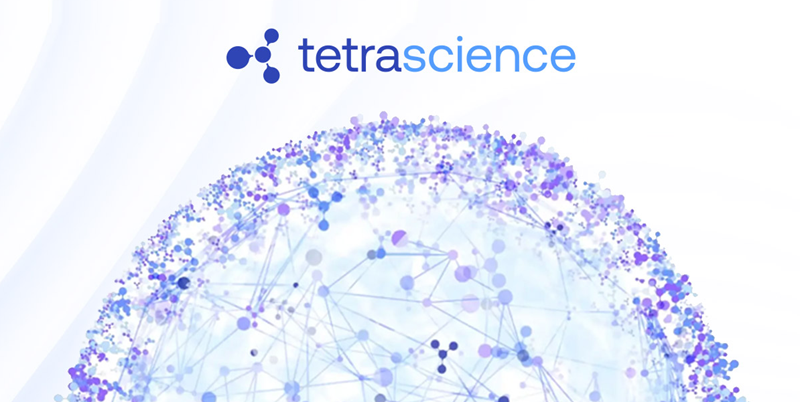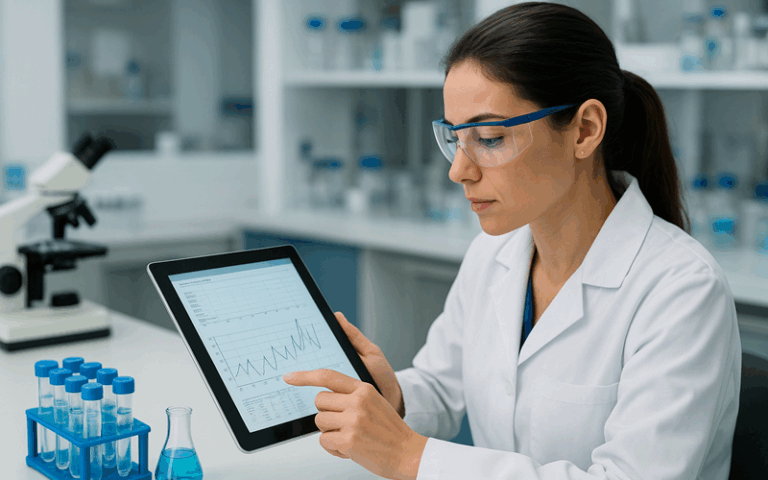AI workflows are now proliferating and impacting the way information-based services are underpinning operations in conceivably every industry vertical. From cake bakeries to petrochemical installations, AI data is now in flux… so for the medical science market, we can look at TetraScience. The company’s new Tetra Workflows technology is designed to manage and automate scientific data workflows at scale inside laboratories.
You’ve heard of Relational Database Management Systems (RDBMs), this is a Scientific Data Management System (SDMS). That means it’s a platform built to manage a life sciences organisation’s need to eliminate manual error-prone processes that can delay critical discoveries and slow what is known as ‘time to clinic’ i.e. the period of time it takes for drugs or treatments to get from the lab to the clinic and into patient use cases.
Simon Meffan-Main, general manager at TetraScience suggests that modern laboratories are “drowning in data management complexity” and that scientists across pharmaceutical, biotechnology and life sciences organisations waste up to 40% of their time on manual data movement.
But why does data need to move around to any significant degree inside a laboratory?
In-lab data movement
Data moves from one place to another because it has to traverse between instruments, between electronic lab notebooks (ELNs) back to the central data repository (or back to other ELNs), between different laboratory information management systems (LIMSs) and between laboratory execution systems (LESs). This manual approach creates a cascade of errors and discovery delays that directly impact scientific outcomes.
“Scientists should be focused on science, not wrestling with data management,” said Meffan-Main. “Tetra Workflows transforms how labs handle data by automating the entire journey from initial collection to seamless access through any ELN, LIMS, or LES, enabling scientists to focus on what they do best: advancing human health through breakthrough discoveries.”
Data consistency
He suggests that Tetra Workflows enables laboratories to “orchestrate and automate” data workflows from instruments to lab informatics software at scale. The platform encompasses the journey of scientific data, from initial collection and input through storage, analysis and reporting with an emphasis on data quality, reliability, consistency, traceability and efficiency throughout the process.
The software includes four capabilities designed to eliminate manual processes and accelerate scientific discovery:
A Workflow Creation Assistant uses AI to enable workflow creation, allowing both data professionals and scientists to map engineered data to LIMS or ELN systems without complex scripting. This capability delivers 40% faster creation of custom integrations with the ability to proactively identify data anomalies and quality issues before deployment.
The TetraScience team say that the Workflow Creation Assistant democratises the ability to create sophisticated data workflows and makes scientists self-sufficient in building their own automated processes.
Visual Pipeline Builder
A Visual Pipeline Builder provides no-code and low-code tools that enable users to build automated data operations and transformations through a graphical interface. Users can deploy new pipelines directly from the application, creating faster development of custom multi-step pipelines and new types of integrations.
This visual approach eliminates the need for specialised programming knowledge while maintaining enterprise-grade functionality and reliability.
“The Tetra Data Capture App addresses a critical gap in laboratory digitisation by capturing data from simple instruments like balances and pH meters that lack export capabilities. Using advanced photo capture technology, the app automatically uploads results to the correct records and combines them with metadata into analysis-ready datasets. This capability ensures that no data is lost in the digitisation process and enables comprehensive workflow automation across all laboratory instruments,” notes the company, in a press statement.
Delicious data recipes
The platform includes hundreds of pre-configured “recipes” that bundle proven pipelines and automations for common use cases. These recipes enable rapid deployment or customisation, allowing organisations to use the collective experience of the scientific community rather than building everything from scratch. The library covers integrations with systems including Benchling, Revvity Signals, IDBS, Veeva Vault LIMS and hundreds of scientific instruments.
“We believe that advanced scientific data workflow automation should be accessible to all organisations working to improve human health,” added Meffan-Main. “By including Tetra Workflows in our existing platform licensing, we’re removing barriers to adoption and enabling more laboratories to focus on scientific discovery rather than data management challenges.”
Unlike generic middleware solutions that treat all data equally, Meffan-Main says that Tetra Workflows is purpose-built specifically for the unique challenges of scientific data management. The platform understands the intricacies of scientific instruments, the complexity of regulatory requirements and the specific needs of life sciences organisations.

